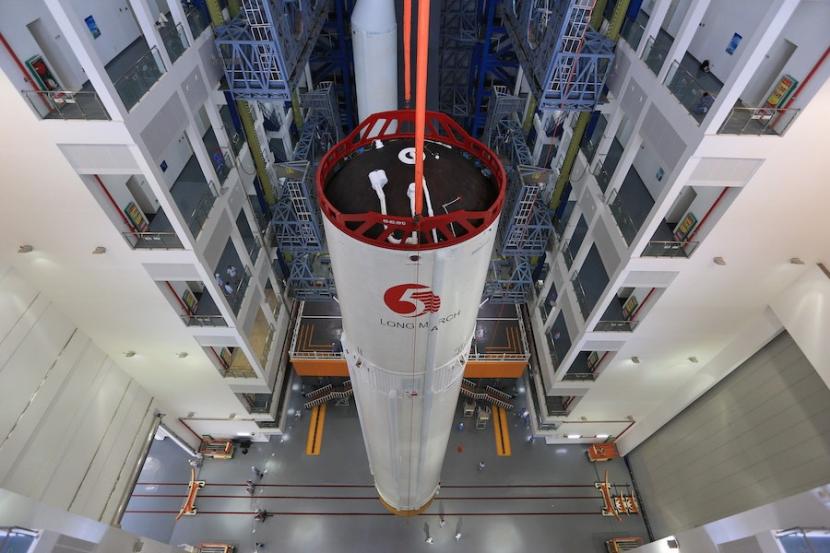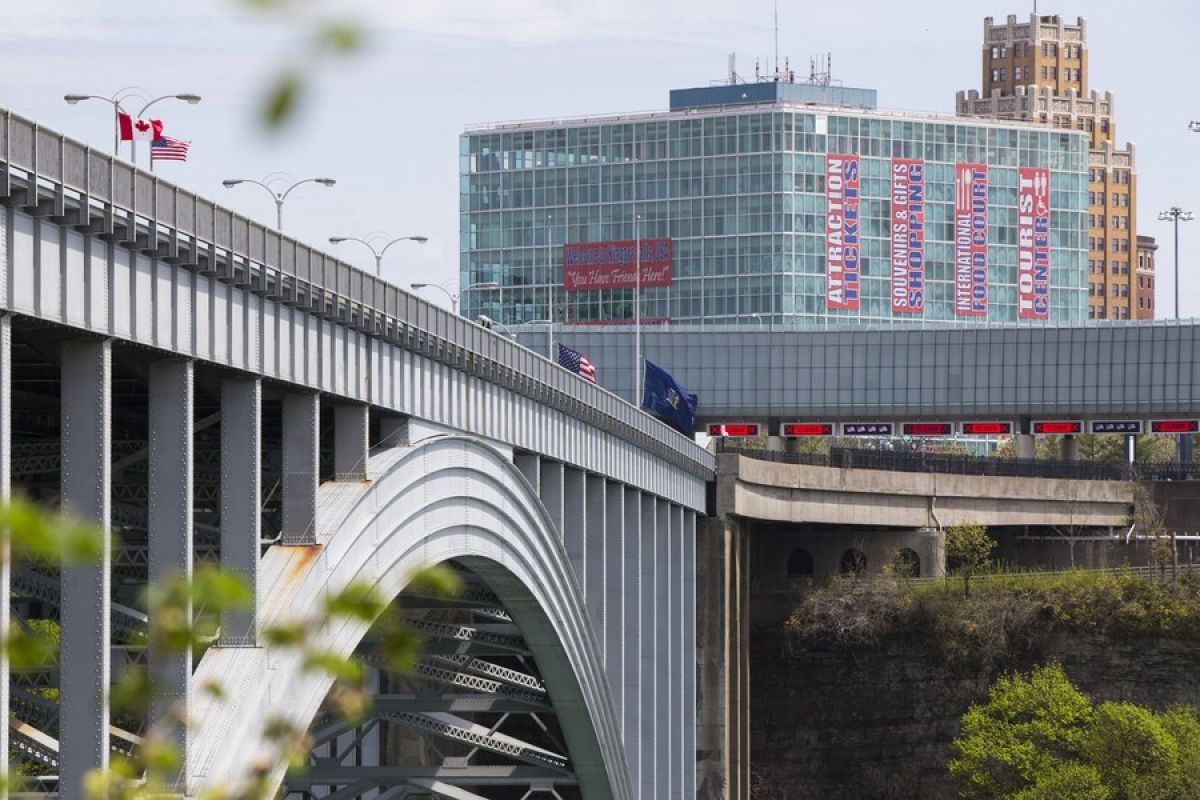In general, the risk of losses due to the fall of a rocket stage is very low. However, the body Long March 5B rocket. very large.
China launched the Wentian space station module on Sunday (7/24/2022) at 2:25 p.m. Beijing time. Wentian safely docked with the Tiangong space station as planned.
Risk
A recent study in natural astronomy pointed out that the practice of allowing large rocket stages to fall uncontrollably to Earth creates “unnecessary risk. China is not alone in this practice despite international guidelines for falling debris mitigation spatial”.
The United States and most major international space agencies have practices that govern how to manage rocket stage risks. The US government, for example, regulates its fall as part of standard orbital debris mitigation practices.
Practice requires that the chance of a reentry rocket mishap be below a threshold of 1 in 10,000. However, this requirement is not always met either. The US Air Force dropped the requirement for 37 of its 66 launches between 2011 and 2018.
The United States Space Agency (NASA) ignored this loss requirement on seven occasions between 2008 and 2018, including the 2015 launch of Atlas V of the multi-scale magnetospheric mission which carried a risk of loss of 1 in 600.
“There is no international consensus on the acceptable level of risk, and for other spacefaring nations, including the United States,” the authors wrote.
The paper was led by Canadian political scientist Michael Byers of the University of British Columbia. SMost uncontrolled rocket bodies are launched near the equator, it is the cities of the Global South that seem to take disproportionate risks. The authors claim that latitudes such as Jakarta (Indonesia), Dhaka (Bangladesh), Mexico City, Bogotá (Colombia) and Lagos (Nigeria) are three times more likely to re-enter the rocket body than Washington, DC, New York , Beijing and Moscow.

“Typical zombieaholic. General twitter fanatic. Food fanatic. Gamer. Unapologetic analyst.”







